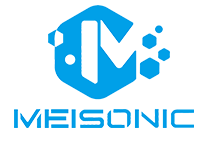Transforming Healthcare Workspace Efficiency Through Advanced Monitor Mounting Solutions
The modern healthcare environment demands optimal workspace organization and flexibility to ensure efficient patient care delivery. Ergonomic monitor arms have become an essential component in healthcare workstations, revolutionizing how medical professionals interact with critical patient information. These sophisticated mounting solutions not only enhance workspace functionality but also contribute significantly to staff well-being and operational efficiency in healthcare settings.
Medical professionals spend countless hours reviewing patient records, analyzing diagnostic images, and documenting care plans. The implementation of ergonomic monitor arms in healthcare workstations addresses the unique challenges faced in medical environments, from space constraints in cramped examination rooms to the need for quick information access in fast-paced emergency departments.
Understanding Monitor Arm Technology in Healthcare
Core Components and Functionality
Ergonomic monitor arms consist of several key components engineered specifically for healthcare environments. The base mounting system provides stable support while allowing smooth movement across multiple axes. Gas spring or mechanical spring mechanisms ensure effortless adjustment of monitor height and angle, crucial for healthcare professionals who may need to quickly reposition displays during patient consultations.
Advanced cable management systems integrate seamlessly into the arm design, maintaining a clean and professional appearance while ensuring compliance with healthcare facility regulations. The arms feature quick-release mechanisms for monitor attachment and removal, facilitating easy cleaning and maintenance – a critical consideration in medical settings.
Healthcare-Specific Design Features
Medical-grade ergonomic monitor arms incorporate specialized features that address the unique requirements of healthcare environments. Antimicrobial surface treatments help prevent the spread of infections, while smooth, sealed joints minimize areas where contaminants could accumulate. The arms are designed to support various monitor sizes and weights, accommodating everything from standard diagnostic displays to specialized medical imaging monitors.
These mounting solutions often include integrated theft-deterrent mechanisms and robust construction to withstand constant use in high-traffic medical areas. The finishing and materials are selected to withstand frequent cleaning with hospital-grade disinfectants without degradation.
Ergonomic Benefits for Healthcare Staff
Reducing Physical Strain
Healthcare professionals often work long shifts, making proper ergonomics crucial for preventing work-related musculoskeletal disorders. Ergonomic monitor arms allow precise positioning of screens at eye level, reducing neck strain and promoting proper posture. The ability to easily adjust monitor position throughout the day helps prevent static muscle tension and encourages healthy movement patterns.
The flexibility of modern monitor arms enables healthcare workers to maintain optimal viewing angles whether standing or seated, supporting the dynamic nature of medical work. This adaptability is particularly valuable in shared workstations where different staff members can quickly adjust the setup to their individual needs.
Enhanced Visual Comfort
Monitor arms facilitate proper screen positioning to minimize glare and reduce eye strain, a significant concern in healthcare environments with varying lighting conditions. The ability to fine-tune monitor distance and angle helps medical professionals maintain the recommended viewing distance for detailed clinical work.
Multi-monitor setups mounted on ergonomic arms allow for optimal arrangement of screens, supporting efficient workflow while maintaining comfortable viewing positions. This is particularly beneficial when simultaneously viewing patient records, diagnostic images, and real-time monitoring data.

Space Optimization and Workflow Efficiency
Maximizing Workspace Utilization
Ergonomic monitor arms free up valuable desk space in healthcare workstations by elevating screens off the work surface. This created space can be utilized for essential medical equipment, patient documentation, or other clinical tools. The arms' range of motion allows monitors to be pushed aside when not needed, creating temporary space for other activities.
In compact medical office environments, wall-mounted or track-mounted monitor arms can maximize floor space while maintaining full functionality. These mounting solutions can be integrated into existing architectural elements, preserving valuable square footage in examination rooms and nursing stations.
Workflow Enhancement Features
Modern ergonomic monitor arms incorporate features specifically designed to improve healthcare workflow efficiency. Quick-adjust mechanisms allow rapid repositioning of screens for patient education or team collaboration. Some models include integrated USB hubs and power delivery systems, reducing cable clutter and providing convenient connectivity for medical devices.
Advanced monitor arms support seamless transitions between sitting and standing positions, accommodating the varied working styles of healthcare professionals. This flexibility promotes active working positions and facilitates quick responses to patient needs.
Implementation and Maintenance Considerations
Installation Best Practices
Successful implementation of ergonomic monitor arms in healthcare settings requires careful planning and professional installation. Weight capacity specifications must be strictly adhered to, ensuring safe and stable mounting of medical-grade monitors. Installation locations should be selected to optimize both accessibility and cleaning procedures.
Proper cable management implementation is crucial for maintaining a professional appearance and meeting infection control standards. Regular testing of movement mechanisms and mounting security should be incorporated into facility maintenance protocols.
Long-term Maintenance Requirements
Healthcare facilities must establish regular maintenance schedules for ergonomic monitor arms to ensure consistent performance and longevity. This includes periodic inspection of mounting points, movement mechanisms, and cable management systems. Regular cleaning and disinfection protocols should be documented and followed to maintain compliance with healthcare facility standards.
Staff training programs should include proper use and adjustment of monitor arms to prevent damage and ensure optimal ergonomic benefits. Maintenance records should be kept to track performance and predict replacement needs.
Frequently Asked Questions
What weight capacity should healthcare monitor arms support?
Healthcare-grade ergonomic monitor arms typically should support weights between 15-30 pounds per monitor, accommodating most medical-grade displays. However, specialized imaging monitors may require higher capacity mounts, so it's essential to verify specific weight requirements for your equipment.
How often should monitor arms be serviced in healthcare settings?
Professional inspection and servicing of ergonomic monitor arms should be conducted at least every six months in healthcare environments. However, high-use areas may require more frequent maintenance checks to ensure safe and optimal performance.
Are antimicrobial monitor arms worth the investment?
Antimicrobial monitor arms provide an additional layer of protection in healthcare settings and are particularly valuable in areas with immunocompromised patients or strict infection control requirements. While they represent a higher initial investment, the long-term benefits in infection prevention can justify the cost.





